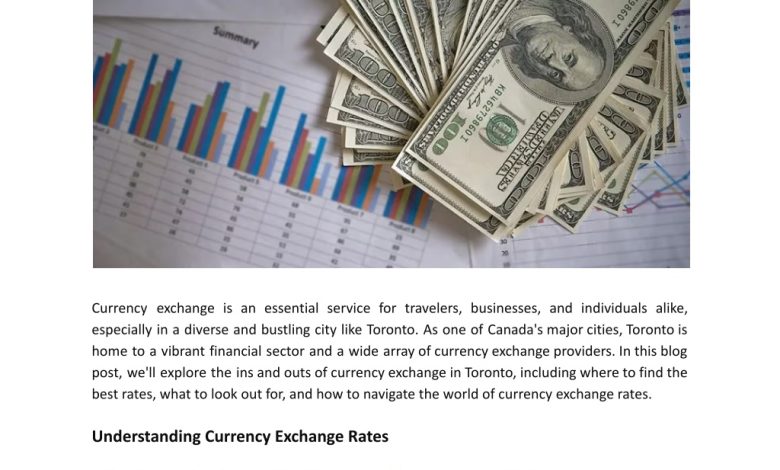A Guide to Understanding Exchange Fees and Costs

- What are exchange fees and costs?
- Types of exchange fees to be aware of
- Factors that influence exchange fees
- Comparing exchange fees across different platforms
- Tips for minimizing exchange costs
- Understanding the impact of exchange rates on fees
What are exchange fees and costs?
Exchange fees and costs are charges incurred when trading on an exchange platform. These fees can vary depending on the type of transaction and the exchange itself. It is essential to understand these fees to make informed decisions when buying or selling assets.
One common type of exchange fee is the trading fee, which is charged every time a trade is executed. This fee is usually a percentage of the total transaction amount. Another fee to be aware of is the withdrawal fee, which is charged when transferring funds from the exchange to an external wallet. Additionally, some exchanges may charge deposit fees when adding funds to your account.
It is crucial to consider these fees when choosing an exchange to trade on. Some exchanges may have lower fees but offer fewer features, while others may have higher fees but provide more advanced trading options. By comparing the fees of different exchanges, you can find the one that best suits your trading needs.
In addition to trading fees, some exchanges may also charge other costs such as network fees for processing transactions on the blockchain. These fees can vary depending on the current network congestion and the type of asset being traded. It is essential to factor in these additional costs when calculating the total expenses of trading on an exchange.
Overall, understanding exchange fees and costs is crucial for any trader looking to navigate the world of cryptocurrency exchanges. By being aware of these fees and comparing them across different platforms, you can make more informed decisions and optimize your trading strategy for success.
Types of exchange fees to be aware of
When it comes to understanding exchange fees and costs, it is essential to be aware of the different types of fees that may be incurred. These fees can vary depending on the type of exchange you are using and the services they offer. Here are some common types of exchange fees to keep in mind:
- Trading Fees: One of the most common types of fees associated with exchanges is trading fees. These fees are charged every time you make a trade on the platform. They are usually calculated as a percentage of the total trade amount or as a flat fee per trade.
- Deposit and Withdrawal Fees: Some exchanges charge fees for depositing or withdrawing funds from your account. These fees can vary depending on the payment method you use and the currency you are transacting in.
- Exchange Rate Fees: When exchanging one currency for another, you may encounter exchange rate fees. These fees are based on the difference between the buying and selling prices of the currencies being exchanged.
- Spread Fees: Spread fees are the difference between the buying and selling prices of an asset on an exchange. This difference represents the profit that the exchange makes on each trade.
- Inactivity Fees: Some exchanges may charge inactivity fees if your account remains dormant for a certain period of time. It is important to be aware of these fees to avoid any unexpected charges.
By understanding the different types of exchange fees that may apply, you can make more informed decisions when choosing an exchange and managing your transactions. Be sure to read the terms and conditions of any exchange carefully to fully understand the fees and costs associated with using their services.
Factors that influence exchange fees
Factors that influence exchange fees can vary depending on the type of exchange and the specific services offered. Some common factors to consider include:
– **Trading Volume**: The amount of trading volume on an exchange can impact the fees charged. Higher trading volumes often result in lower fees due to economies of scale.
– **Liquidity**: The liquidity of a particular asset can also affect exchange fees. Assets with higher liquidity typically have lower fees compared to those with lower liquidity.
– **Regulatory Compliance**: Exchanges that are compliant with regulations may have higher fees to cover the costs of compliance. However, this can also provide a level of security and trust for traders.
– **Payment Methods**: Different payment methods can incur varying fees. For example, using a credit card may result in higher fees compared to using a bank transfer.
– **Exchange Type**: The type of exchange can also influence fees. Centralized exchanges may have different fee structures compared to decentralized exchanges.
– **Membership Levels**: Some exchanges offer tiered membership levels with varying fees based on the level of access and services provided. Upgrading to a higher membership level may result in lower fees.
– **Market Maker vs. Taker**: Exchanges often differentiate between market makers (those who add liquidity to the market) and takers (those who remove liquidity). Fees may vary depending on which category a trader falls into.
By understanding these factors that influence exchange fees, traders can make more informed decisions when choosing an exchange and managing their trading costs.
Comparing exchange fees across different platforms
When comparing **exchange fees** across different platforms, it is essential to consider the various costs involved in trading. Some **cryptocurrency exchanges** charge a flat fee per trade, while others may have a percentage-based fee structure. Additionally, there may be fees for depositing and withdrawing funds from the exchange. It is crucial to factor in all these costs when determining which platform offers the best value for your trading needs.
One way to compare **exchange fees** is to create a spreadsheet listing the fees for each platform you are considering. This will allow you to easily see the differences in costs and make an informed decision. Keep in mind that **exchange fees** can vary depending on the volume of trades you make, so it is essential to consider your trading habits when comparing costs.
Another factor to consider when comparing **exchange fees** is the quality of service provided by the platform. Some exchanges may have higher fees but offer better customer support and security features. It is essential to weigh the costs against the benefits to determine which platform offers the best overall value for your trading needs.
In conclusion, when comparing **exchange fees** across different platforms, it is crucial to consider all the costs involved, including trading fees, deposit and withdrawal fees, and any other charges. By carefully evaluating these costs and considering the quality of service provided by each platform, you can make an informed decision that meets your trading needs while minimizing costs.
Tips for minimizing exchange costs
When it comes to minimizing exchange costs, there are several strategies you can employ to save money. One tip is to compare exchange rates from different providers to find the best deal. Additionally, consider using online currency converters to stay informed about current rates. Another way to reduce costs is to avoid exchanging money at airports or hotels, as they often have higher fees. Instead, plan ahead and exchange currency at local banks or reputable exchange offices. Furthermore, try to withdraw larger amounts of cash at once to minimize transaction fees. Lastly, consider using credit cards with no foreign transaction fees when making purchases abroad to save on exchange costs.
Understanding the impact of exchange rates on fees
Understanding how exchange rates can impact fees is crucial when it comes to managing your finances effectively. Exchange rates play a significant role in determining the cost of exchanging one currency for another. When you exchange money, you may be subject to fees that are influenced by the current exchange rate.
Exchange rates fluctuate constantly due to various factors such as economic indicators, geopolitical events, and market speculation. These fluctuations can affect the amount you pay in fees when exchanging currencies. It’s essential to stay informed about the current exchange rates to make informed decisions about when to exchange your money.
When exchange rates are unfavorable, you may end up paying higher fees for currency exchange. On the other hand, favorable exchange rates can help you save money on fees. By monitoring exchange rates and understanding how they impact fees, you can take advantage of opportunities to minimize costs and maximize the value of your currency exchanges.



